Goat Farmers At Climate Change Frontline In Argentina's Wine Belt
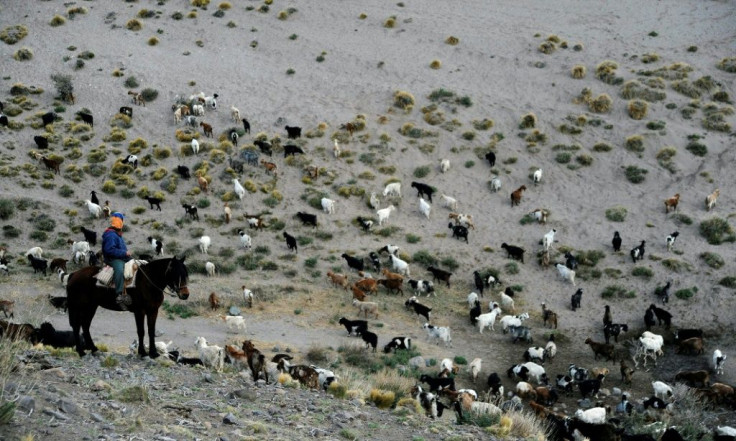
In a vast valley at the foot of the Andes, Antonio Sazo counts his goats, having ushered them down mountain slopes in the south of the Argentine province of Mendoza, where climate change forces them higher every year in order to graze.
From a third generation of goat breeders, 68-year-old Sazo has seen his herd decimated by drought in recent years. But he isn't giving up the ghost just yet. "I'll stay here with my little goats, I'll keep fighting."
Sazo and other goat breeders scattered along the Andes foothills here are on the frontline of climate change, devoid of the safety net of irrigation canals utilized by neighboring farms or by Mendoza's vineyards, where Argentina's highly prized Malbec wines are produced.
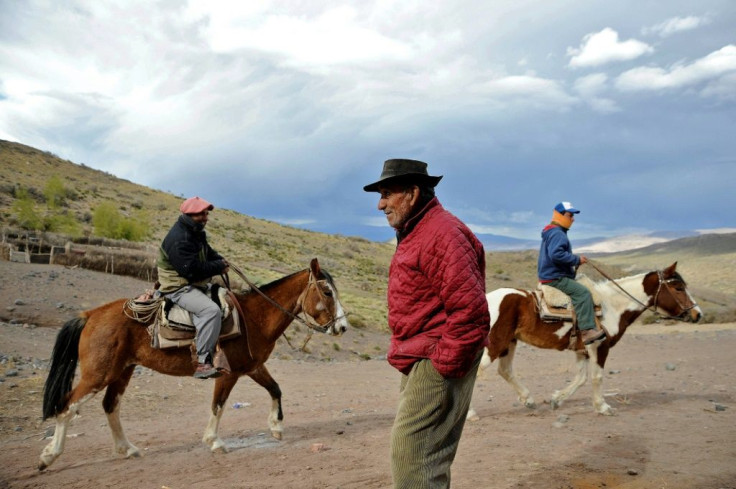
"The situation has changed a lot here. It's not what it was two years ago, when the winter was good, with more snowfall," Sazo told AFP inside his wood and adobe traditional house.
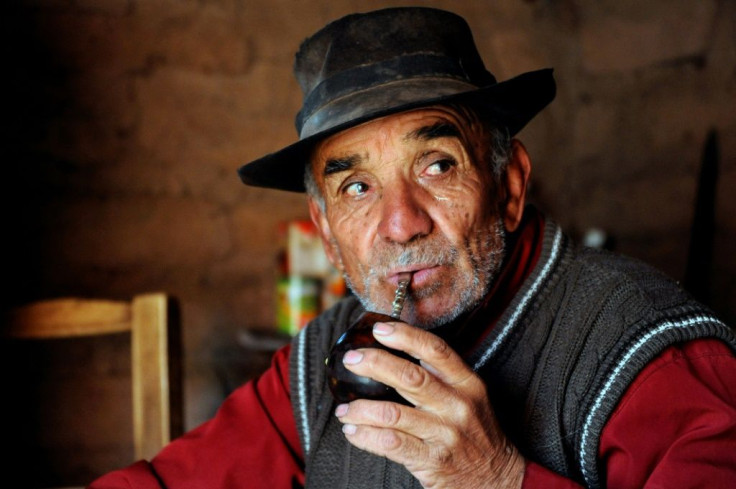
With his wife and three of his children, he ekes out a living from a herd of 300 goats in Arro Ponigue, 350 kilometers (220 miles) south of Argentina's lush wine capital Mendoza.
Here, 1,300 kilometers west of Buenoa Aires, farmers have seen the affects of lighter winter snowfall in the austral spring, when meltwater was scarce on the slopes, lakes dried up and grassy pastures thinned out.
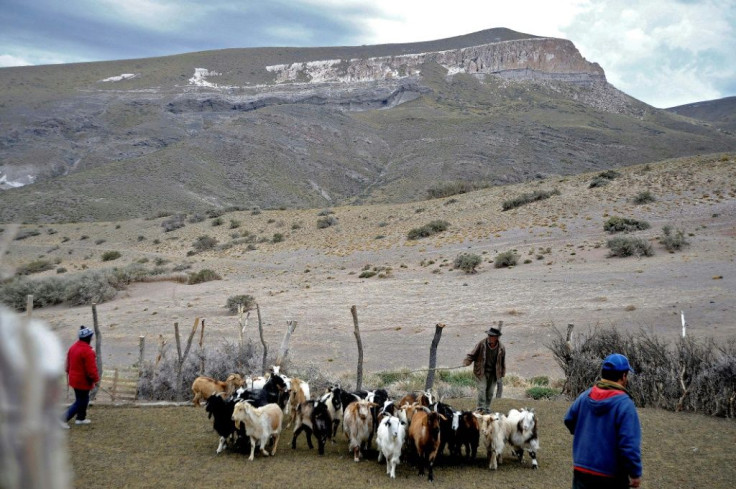
"Climate change has altered the entire cycle of life in the region," said Ivan Rosales, an agricultural engineer at the National Institute of Agricultural Technology (INTA) in San Rafael, Mendoza.
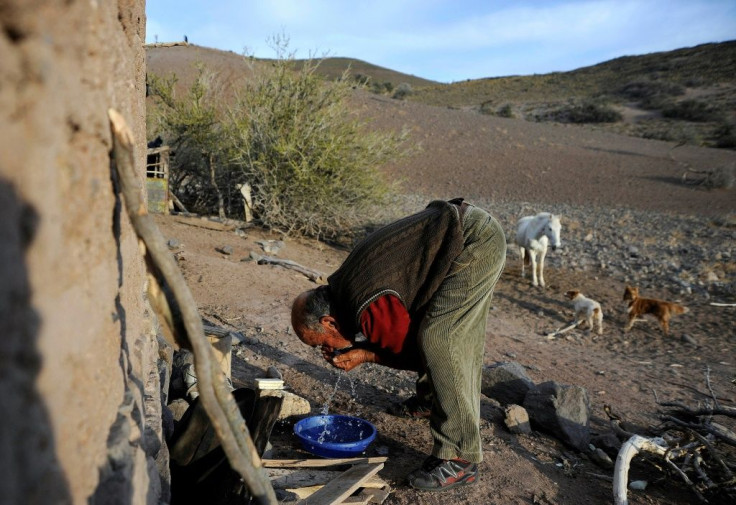
Waterflow on the mountain rivers will be 11 percent lower in 2019-20 than the previous year, and 54 percent lower than the province's historical average, according to a flow forecast by the Mendoza regional government.
"Last year, we said it was not an emergency. It was part of a pattern. The same scenarios are being repeated year after year for the last 10 or 11 years," said Sergio Marinelli, a Mendoza state irrigation official, presenting a report in October.
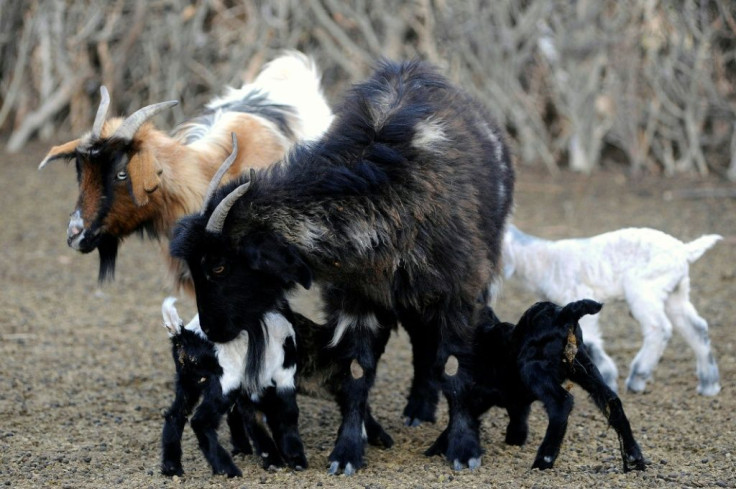
'Drought, cold and wind'
The quiet drama that has decimated Sazo's herd -- recently a thousand strong -- contrasts with the robustness of Mendoza's central and northern vineyards, where sophisticated irrigation systems have helped to absorb some of the shock of climate change.
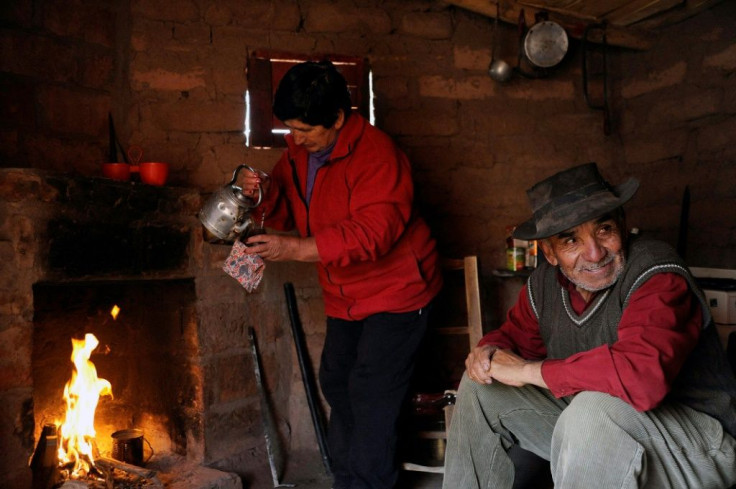
Climate warming has slowly but clearly been shrinking the glaciers along the Andean Cordillera above the valleys.
"Here we have a lot of drought. It is very cold and there's a lot of wind," said Sazo, his hands blackened from carrying pregnant goats to a corral where they will give birth to one or two kids.
But Sazo knows that the yield will be lower this year, because the animals don't give birth or stop feeding their offspring when there is a lack of pasture or water. He has seen the trend of recent years.
Goat breeders, scattered high in the valley, compete for water with bigger farms further below that use a system of irrigation canals to grow potatoes and garlic.
'Everything else is dry'
"About 5 percent of land in Mendoza is dependant on irrigation, and that's where 95 percent of the population lives," Rosales, the agricultural engineer, told AFP.
"Everything else is dry, depending on rain or the weather cycles. All they have there is sheep, goat and horse-breeding, there is no other activity possible."
Sazo uses his herd to sustain his family. Four of his seven children have left the farm to look for work.
Rosales says the break-up of rural families is another consequence of climate change here.
Young people go to the city in search of work "but they cannot always reintegrate into another activity and end up in the slums that surround the city," he said.
In December, Sazo expects to sell his young goats that were born in October.
"But the females aren't getting fat," he said. "They are not producing milk for the kids."
© Copyright AFP {{Year}}. All rights reserved.





















